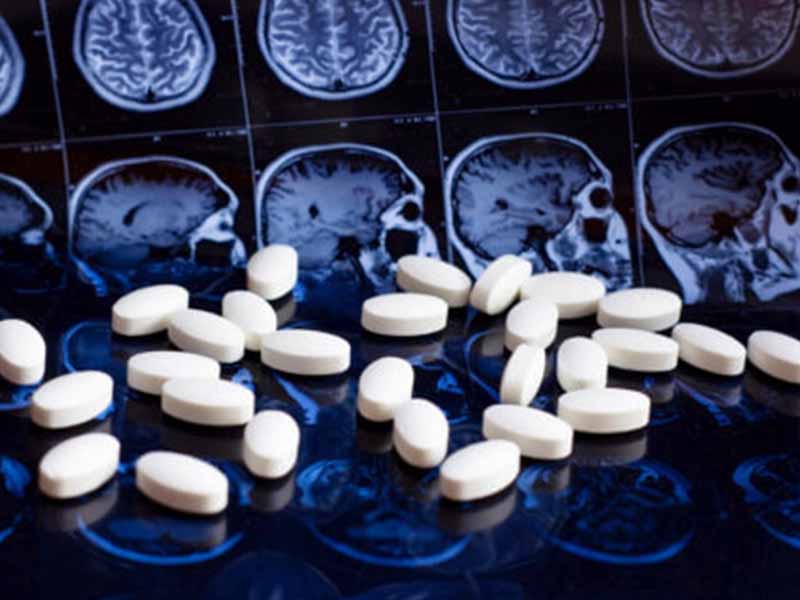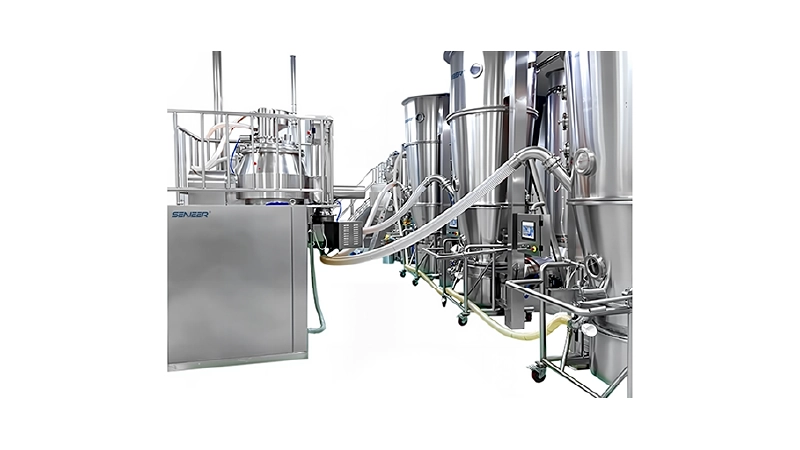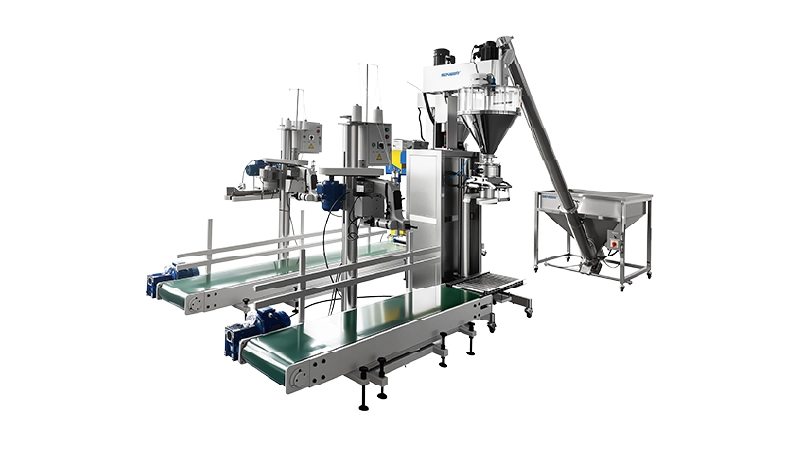The study of how a medication interacts with the body after delivery through the processes of absorption, distribution, metabolism, and excretion is known as pharmacokinetics, which is a sub-field of pharmacology. It may be summed up by saying that it is what the body does to the medicine.
Throughout the medication development process, pharmacokinetic concepts are utilized to choose the best drug formulation, dosage (together with effect information), and frequency of administration. The pharmacokinetic characteristics of the medicine in that specific patient may not be especially significant for drugs having a large therapeutic index (the difference between the least effective dosage and the minimum harmful dose). Non-steroidal anti-inflammatory drugs, like ibuprofen, for instance, have a broad therapeutic index, making it relatively unimportant to be aware of the pharmacokinetic parameters in a particular person given that normal doses can range from 400 to 3200 mg per day with little to no difference in acute toxicity or effect. Therefore, understanding a drug’s pharmacokinetic profile in a specific patient is crucial for medications with a limited therapeutic index.
To limit toxicity or optimize efficacy, dosage modifications may be necessary if there is little difference between the minimal effective dose and the toxic dose of a medicine. These little variations in the drug’s pharmacokinetic profile or even merely inter-individual variances may be necessary. For instance, theophylline, an anti-asthmatic medication, needs to be maintained in the blood at levels between 10 and 20 g/ml most of the time. Those who get treatment at concentrations below this risk not seeing symptom alleviation, while those who receive treatment at concentrations more than 20 g/ml risk experiencing severe toxicities such seizures, arrhythmia, and even death.

The pharmacokinetic profile of a medicine may therefore have substantial therapeutic implications in addition to its application in drug development.
Pharmacokinetics Has 4 Stages
Drugs alter in the body in a number of ways. Absorption, distribution, metabolism, and excretion are the four drug processes that make up the entirety of the biological alterations (abbreviated ADME). The rate at which a medication molecule is absorbed and distributed affects how soon it reaches the site of action. If nothing occurs to the medicine after it reaches the site of action, its effects will last continuously. The body can be at risk from this. The processes of metabolism and excretion put an end to the drug’s effects in the body.
Absorption
A chemical is absorbed when it crosses a membrane and enters the circulation. When administered by a method other than intravenously, drug molecules must pass through tissue membranes (such as the skin epithelium, subcutaneous tissue, gut endothelium, and capillary wall) in order to reach the site of action.
A drug’s rate of absorption influences how quickly it travels to its site(s) of action. The speed of drug translocation over certain barriers positioned between the sites of administration and action determines how quickly the medication is absorbed. The amount of these imposed barriers is determined by the medication delivery method, which also affects the rate of absorption.
Distribution
After absorption, drug particles go from the circulation into the body’s tissues and fluids. Distribution is the name of this procedure. The volume of distribution of a medicine is defined as the whole body surface area or bodily fluid to which it is administered. As medications are absorbed by the circulation, the amount of medication that reaches each organ or bodily tissue relies in part on the blood flow to that area. As a result, larger concentrations of any medicine should theoretically be found in organs like the liver, kidneys, and brain than in less per-fused tissues like muscles.
Certain medications have trouble passing through cell membranes with tiny openings, such those encasing the placenta and the brain. They are known as the placental and blood-brain barriers, yet neither one is completely impermeable since certain medications and medical circumstances make it feasible for substances to readily cross these barriers. The amount of medication given might vary significantly across patients.
Metabolism
Drugs are chemically changed throughout metabolism to become sufficiently water-soluble for excretion in urine or feces (via the biliary tract). Drugs are metabolized in a number of bodily tissues and organs, but mostly in the liver, gut wall, kidney, and skin. Gastric enzymes seldom degrade or inactivate medicines.
Most of the time, medication metabolism produces metabolites or compounds that are less active. However certain medications undergo metabolization to produce active or even more active metabolites.
The rate of medication metabolization varies depending on the person. When given a regular dosage, some people’s metabolism works so quickly that their serum and tissue concentrations are no longer therapeutically acceptable. Others may have a metabolism that moves so slowly that even tiny dosages can build up to hazardous levels.
Excretion
The process of excretion is how the body gets rid of the byproducts of medication metabolism. If a drug is sufficiently soluble in water, it will be eliminated in its entirety in the urine. Lipid-soluble medications need to be converted to water-soluble metabolites before being excreted through the kidneys or into the colon via bile.
Reducing dose or delivery frequency is necessary when medication excretion is compromised (particularly for drugs that are eliminated intact). If this isn’t done, the medicine can build up and cause hazardous side effects.
Certain drugs have the ability to inhibit or promote the renal excretion of other drugs, leading them to accumulate and intensify their effects (probenecid, for example, inhibits the renal excretion of penicillins) or to be eliminated quickly and lessen their effects.










